Nyerere National Park
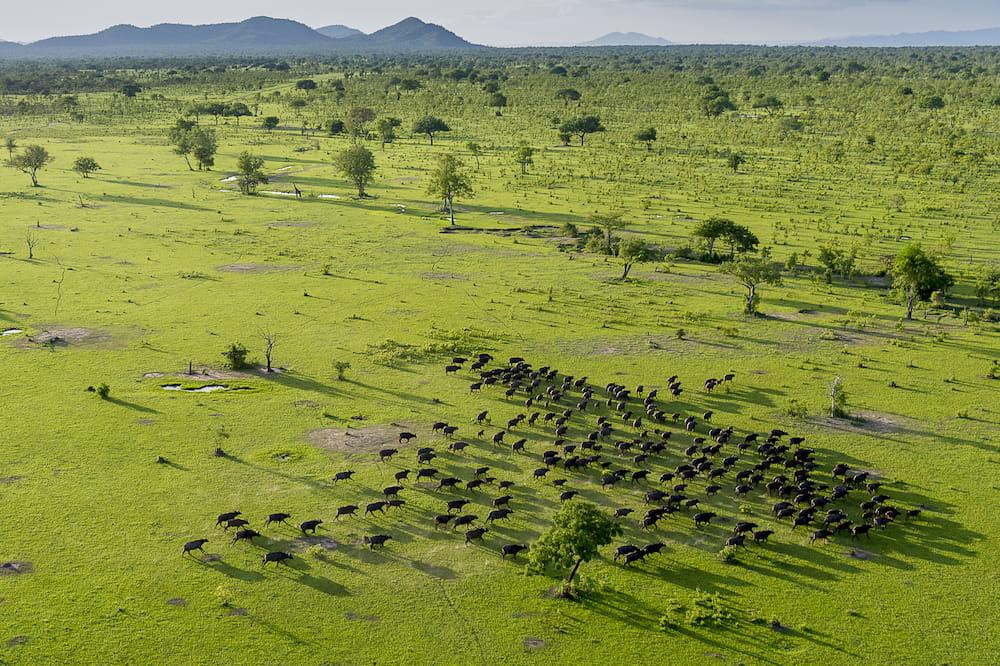
About
Nyerere National Park, covering 30,893 square kilometers, is the largest standalone national park in Africa and one of the largest globally. Situated in southeastern Tanzania, approximately 230 kilometers from Dar es Salaam to Mtemere Gate, the park was established in late 2019 after being carved out from the Selous Game Reserve. This vast wilderness is home to a rich and diverse range of wildlife, including some of the highest concentrations of big game. The park offers sightings of big cats like lions, leopards, and cheetahs, as well as large mammals such as elephants, rhinos, buffaloes, giraffes, elands, zebras, and wildebeests. Due to its new status and relatively low tourist traffic, animals in Nyerere are less habituated to humans, providing an authentic and less disturbed safari experience. With ongoing development efforts by Tanzania’s government and TANAPA, the park is expected to offer an increasingly enhanced tourism experience.
Wildlife
Nyerere National Park stands out for its remarkable wildlife abundance and variety. It's a haven for big cats, including lions, leopards, and cheetahs, and boasts a significant population of endangered African wild dogs. The park's vast landscapes support herds of elephants, buffalo, giraffes, zebras, and wildebeest, alongside diverse antelope species. The Rufiji River teems with hippos and crocodiles. Birdwatchers revel in over 400 species. Notably, the park's animals are less habituated to humans, offering a truly wild and authentic safari experience. The dry season is optimal for wildlife viewing, when animals gather around water sources, making Nyerere a premier destination for those seeking an immersive African wildlife adventure.
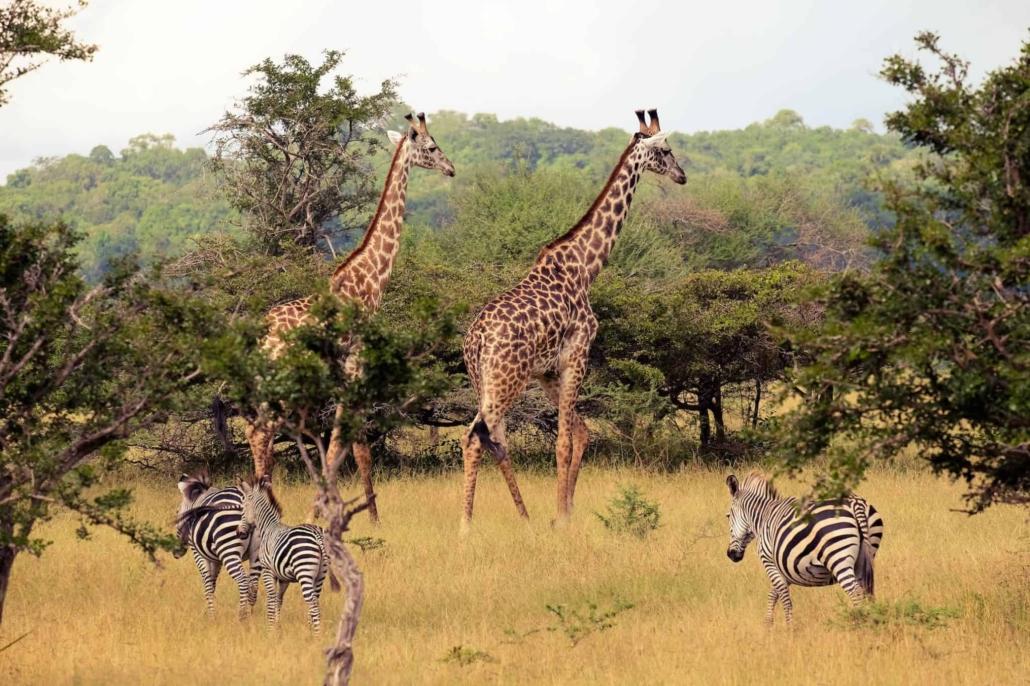
Nyerere Highlights
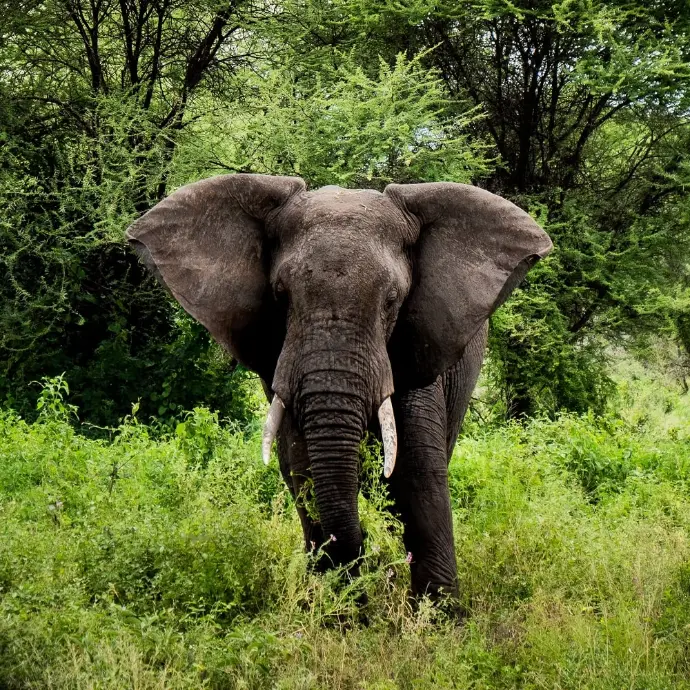
Diverse Wildlife
Expect to see a wide range of animals, including big cats like lions, leopards, and cheetahs, along with large game such as elephants, buffaloes, giraffes, and zebras.
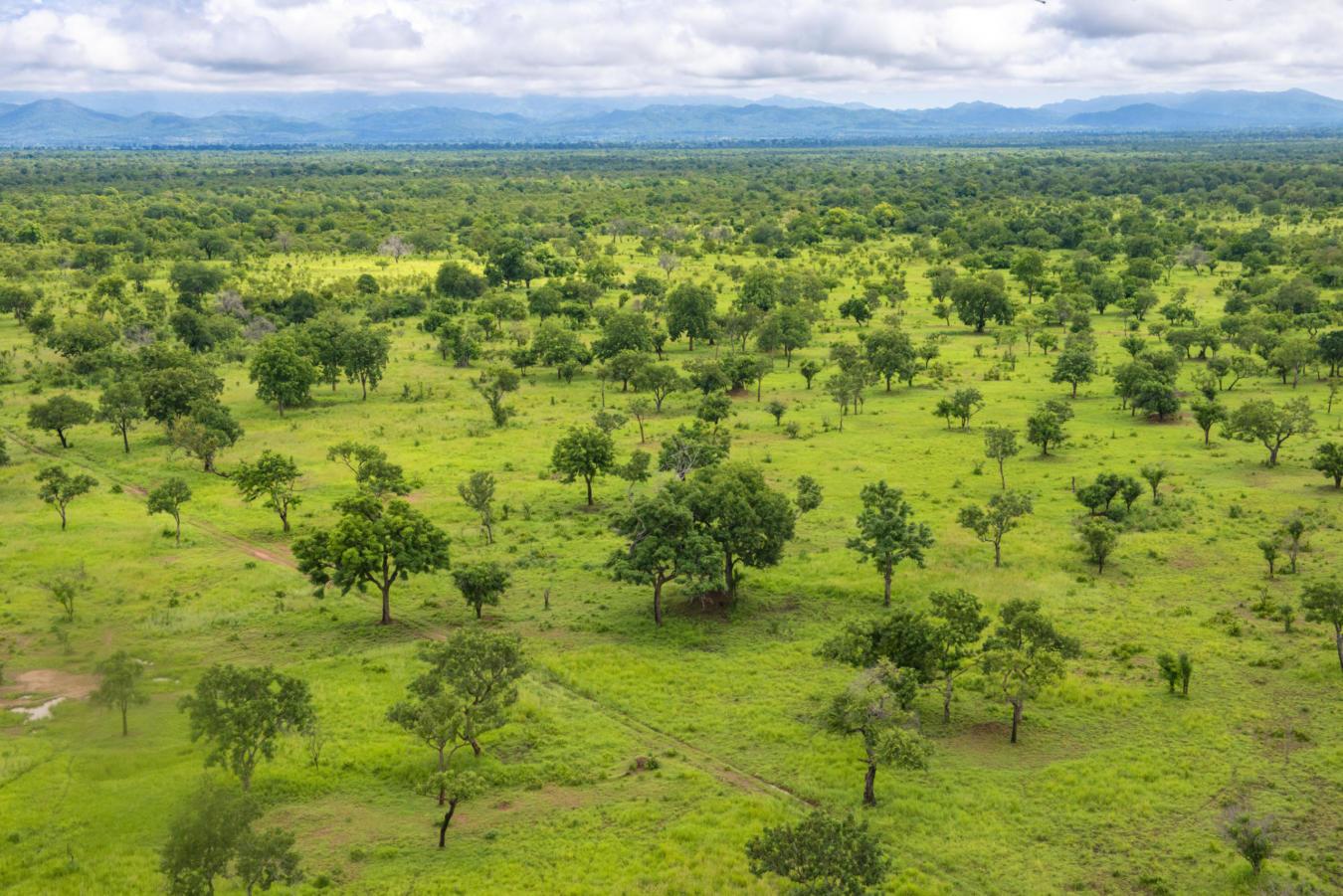
Woodlands and Miombo Forests
The park's varying vegetation includes dense woodlands and miombo forests, which are home to a wide range of species and provide a lush contrast to the open savannas.
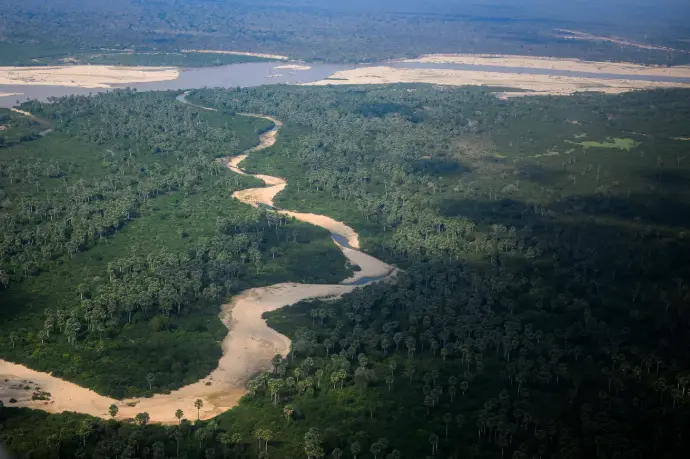
Rufiji River
The Rufiji River runs through Nyerere, creating a vital water source for wildlife. The river is lined with wetlands and is an excellent spot for boat safaris, offering a unique perspective of the park's ecosystems and wildlife.
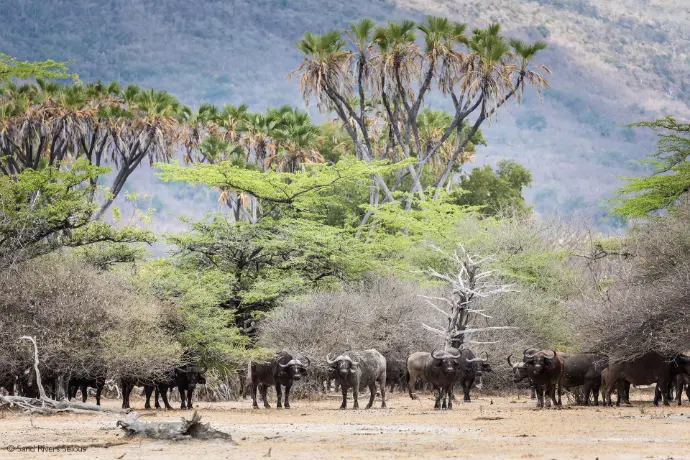
Diverse Ecosystems
The park offers a mix of varied landscapes, from dense woodlands and wetlands to open savannas, creating diverse habitats for wildlife and beautiful sceneries for visitors to explore.
Walking Safaris
Walking safaris are permitted within the national park, in the company of an armed guide
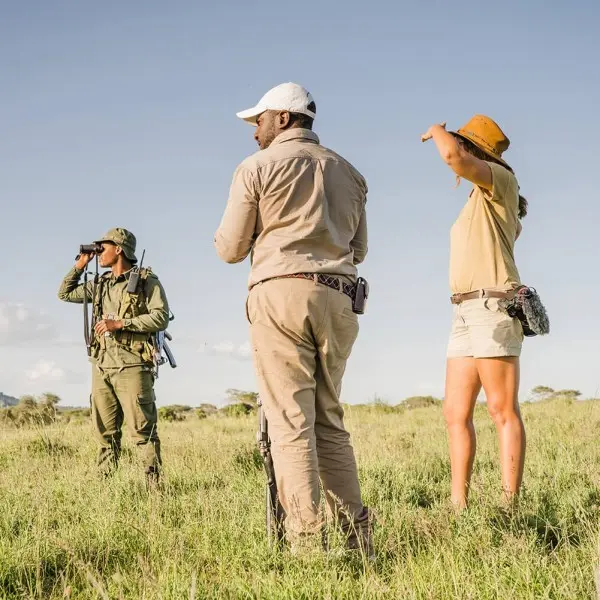
Experience The Adventures
Activities
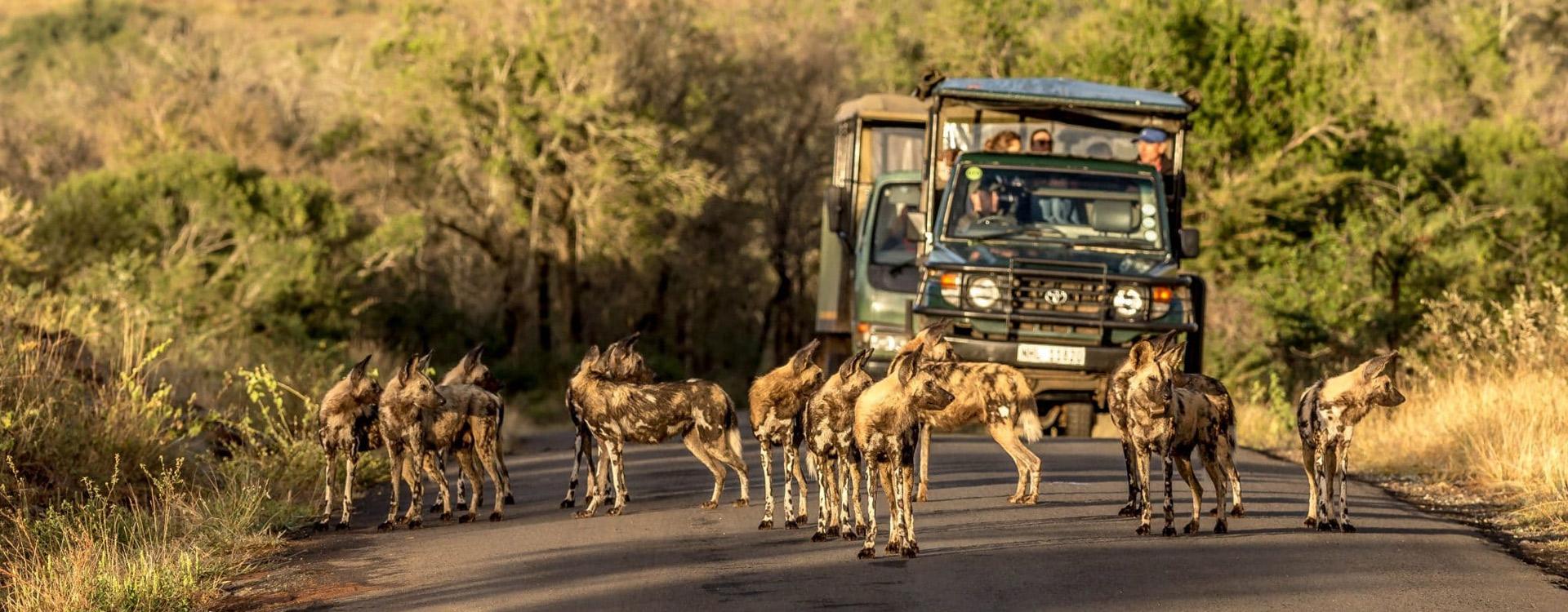
Game Drives
Heading out during the cooler hours, when wildlife is most active, you'll embark on your adventure in a specially designed safari vehicle, accompanied by an expert guide on the lookout for Africa's big game. For those looking to dive deeper, full-day safari options are also available.
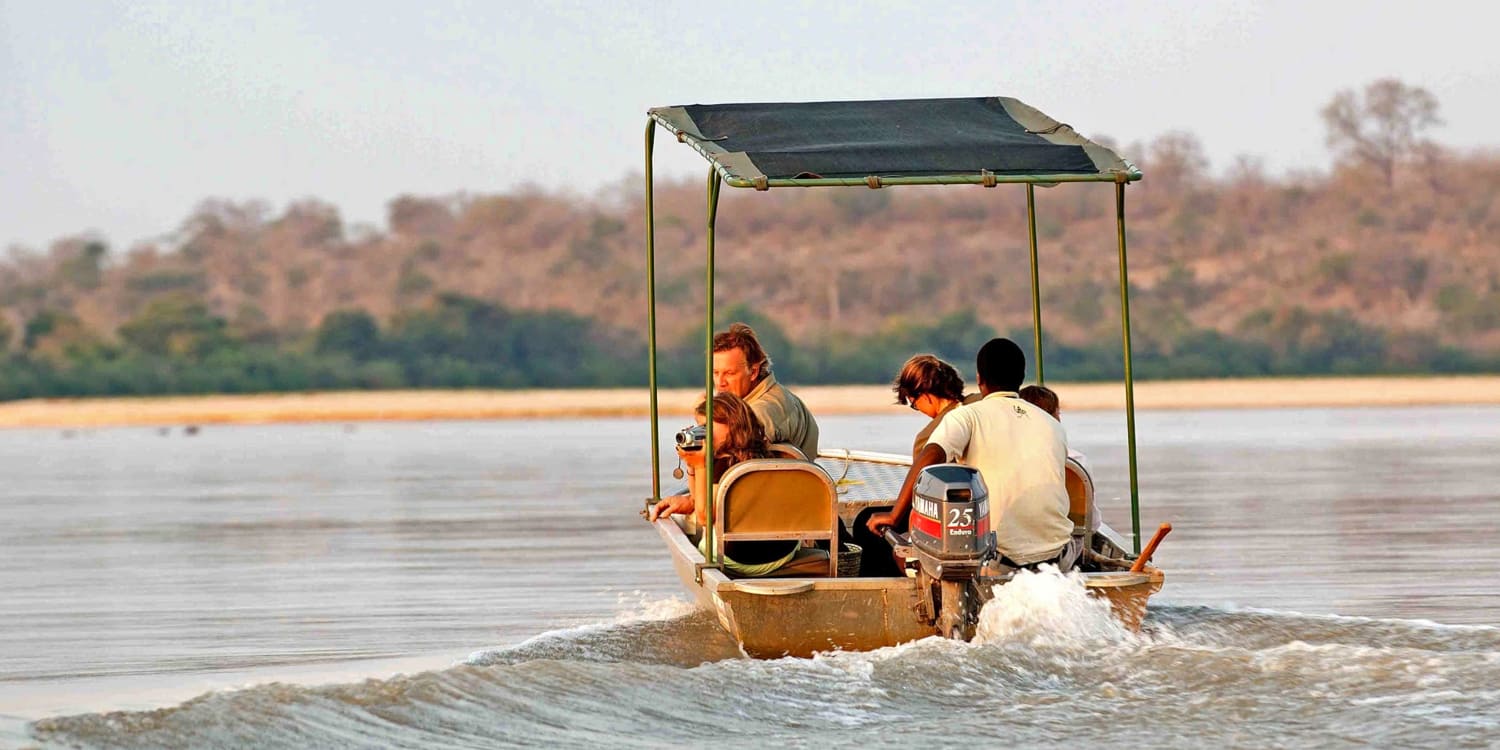
Boat Safaris
Experience an exciting 2-3 hour boat ride safari along the mighty Rufiji River, encountering diverse wildlife like hippos, crocodiles, and a variety of bird species. Glide through serene waterways, witness breathtaking landscapes, and immerse yourself in the tranquility of the African wilderness. Observe elephants and buffalo coming to drink, and perhaps catch a glimpse of elusive water-dwelling predators.
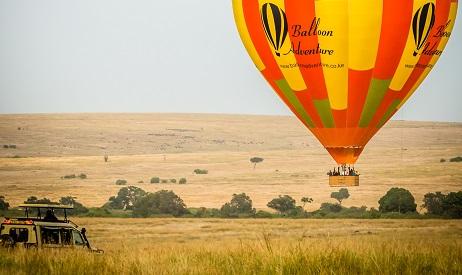
Hot Air Balloon Safaris
A thrilling, once-in-a-lifetime experience, Balloon Safaris at dawn in Nyerere National Park offer breathtaking views of the vast landscapes and wildlife, making it a romantic, unforgettable, yet costly adventure.
Visiting Timelines
Discover the best times to Visit Lake Manyara.

Dry Season
The sparse vegetation at this time assists with game viewing, and it is considered the best time to visit. Dry season runs from June to October.

'"High Season"
The peak tourist season at Nyerere stretches from July to March, with the park becoming busier as the day progresses, especially during the afternoon hours.
The Wet Season
From a scenic viewpoint, the park is at its most vibrant and lush between November and May, when the rains transform the landscape into a rich, green paradise.
